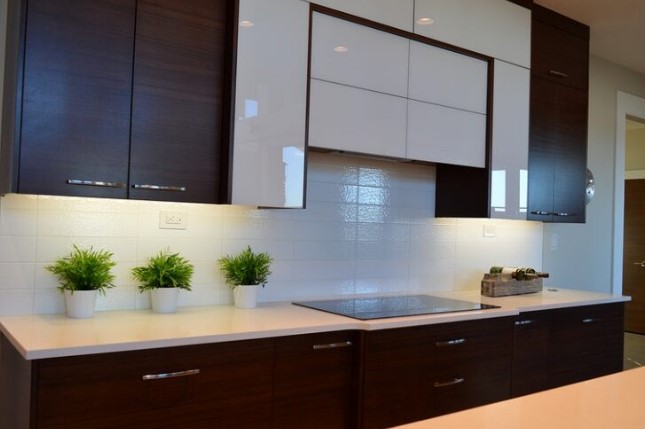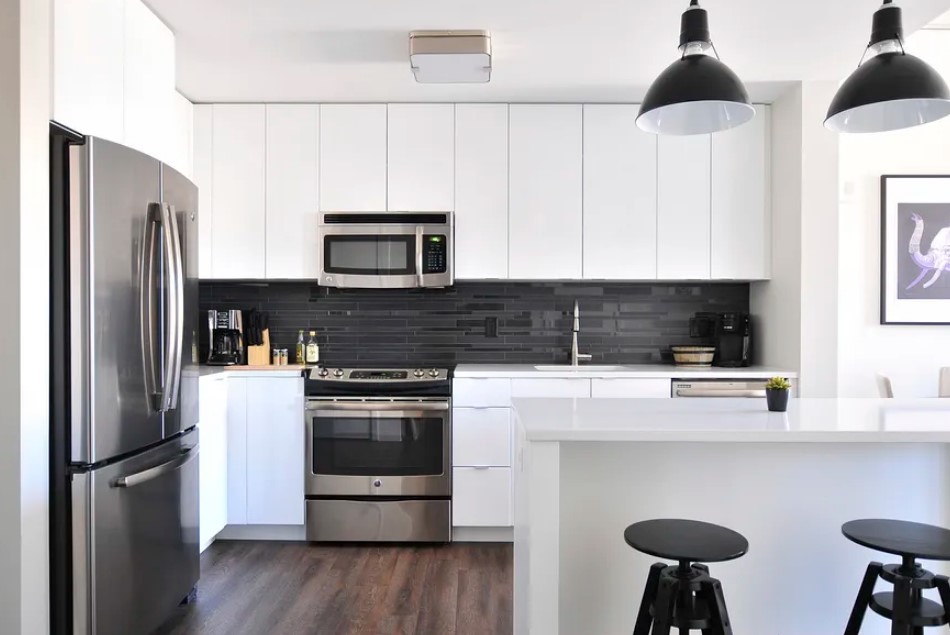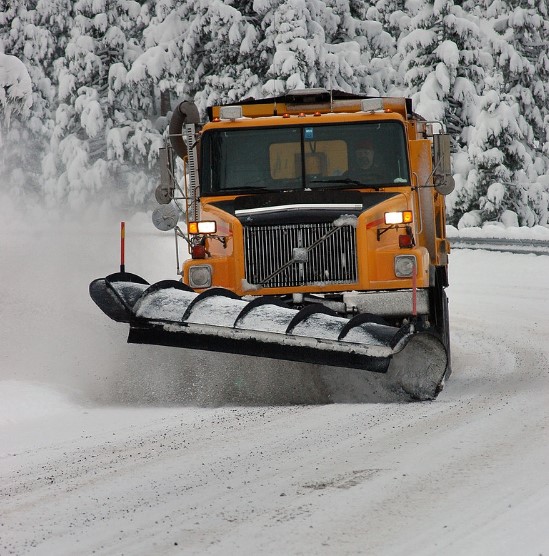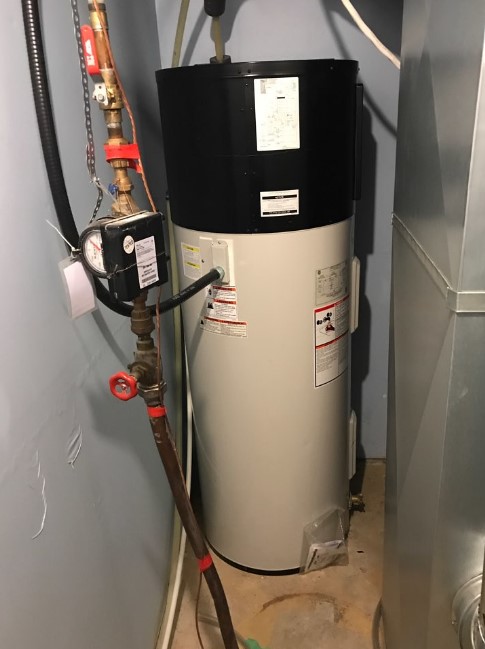
Appliance repairs that homeowners can do themselves
If your home appliances are not working properly, it can be a real pain. Not only do you have to deal with the inconvenience of not being able to use them, but you also have to worry about the cost of repairing or replacing them.
Fortunately, there are some things that you can do to try and fix the problem yourself before calling in a professional. Below is our ultimate guide for appliance repairs that you can do at home.

1. Check the power supply
The first thing that you need to do when troubleshooting an appliance is to check the power supply. Make sure that the appliance is plugged into a working outlet and that there is no tripped breaker or blown fuse. If the power supply appears to be fine, proceed to the next step.
2. Inspect the appliance
Once you have confirmed that the appliance has power, take a close look at it to see if you can identify the problem. Sometimes, the issue is something as simple as a loose wire or clogged drain. Other times, it may be more serious and require professional assistance.
3. Try a reset
If you’re still not sure what’s wrong with the appliance, try resetting it. This can often fix minor issues and get the appliance working again. To reset most appliances, simply unplug them from the outlet and plug them back in again.
4. Call a professional
If you’ve tried all of the above and the appliance is still not working properly, it’s time to call a professional. Appliance repair technicians have the experience and knowledge to quickly diagnose and fix the problem.
5. Prevent future problems
Once your appliance is up and running again, take steps to prevent future issues – watch your fridge and other appliances. This may include regularly cleaning the appliance, following the manufacturer’s instructions, and having it serviced regularly. By taking these precautions, you can prolong the life of your appliance and avoid costly repairs down the road.
We hope that this guide has been helpful in troubleshooting your appliance issue. Remember, if you’re ever unsure about what to do, always call a professional for assistance. They will be able to help you get your appliance back up and running in no time.
Guide For Fridge Repair
If your fridge is on the fritz, you’re probably wondering how to repair it yourself. After all, fridges are expensive appliances and you don’t want to have to replace it if you don’t have to. Luckily, there are some easy DIY fridge repairs that you can do yourself without having to call in a professional.
One of the most common fridge problems is a leaking fridge. If your fridge is leaking water, the first thing you want to do is check the door seals. If the seals are damaged or worn out, they may need to be replaced. You can buy replacement seals at most hardware stores.
Another common issue with fridges is that they stop cooling properly. This can be caused by a number of things, but the most common culprit is a dirty condenser coil. To clean your fridge’s condenser coils, unplug it and remove the back panel. Then, using a brush attachment on your vacuum cleaner, gently brush the coils to remove any dirt or debris.
If your fridge is still not cooling properly after you’ve cleaned the condenser coils, it’s possible that the evaporator coil needs to be replaced. The evaporator coil is located under the fridge’s freezer section. To access it, you’ll need to remove the freezer shelves and then unscrew the evaporator coil from its housing. Once you have access to the coil, use a clean cloth to wipe away any dirt or debris.
If your fridge is still not cooling properly after you’ve replaced the evaporator coil, it’s likely that the problem lies with the compressor. The compressor is located under the fridge, near the back. To access it, you’ll need to remove the back panel and then unscrew the compressor from its housing. Once you have access to the compressor, use a clean cloth to wipe away any dirt or debris.
If your fridge is still not cooling properly after you’ve replaced the compressor, it’s possible that there is an issue with the Freon levels in your fridge. Freon is what helps your fridge maintain a consistent temperature. If the levels are too low, your fridge will have trouble cooling down. To check your Freon levels, contact a professional appliance repair person.
While DIY fridge repairs can save you money, they may not always be the best option. If you’re not confident in your ability to properly repair your fridge, it’s always best to call in a professional. Not only will they be able to correctly diagnose the problem, but they’ll also be able to recommend the best course of action for fixing it. In some cases, it may even be necessary to replace your entire fridge. When in doubt, it’s always best to call in a professional.

